On our first morning in Delhi Goof and I picked our way down the street past rickshaws and cows, dogs and mopeds, and snack stalls where the snacks overflowed the stall.
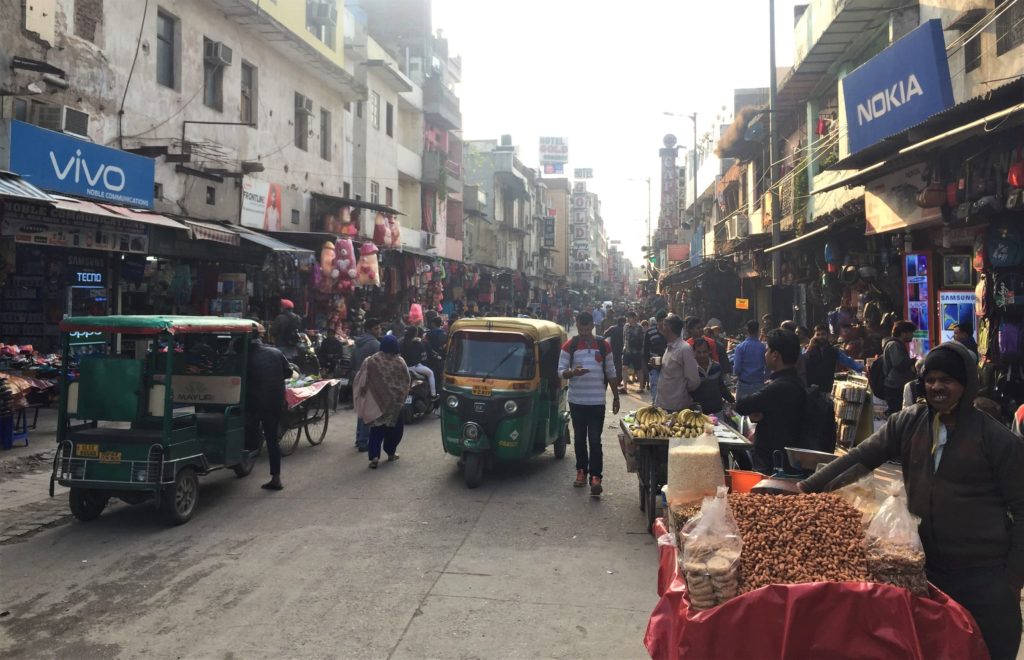
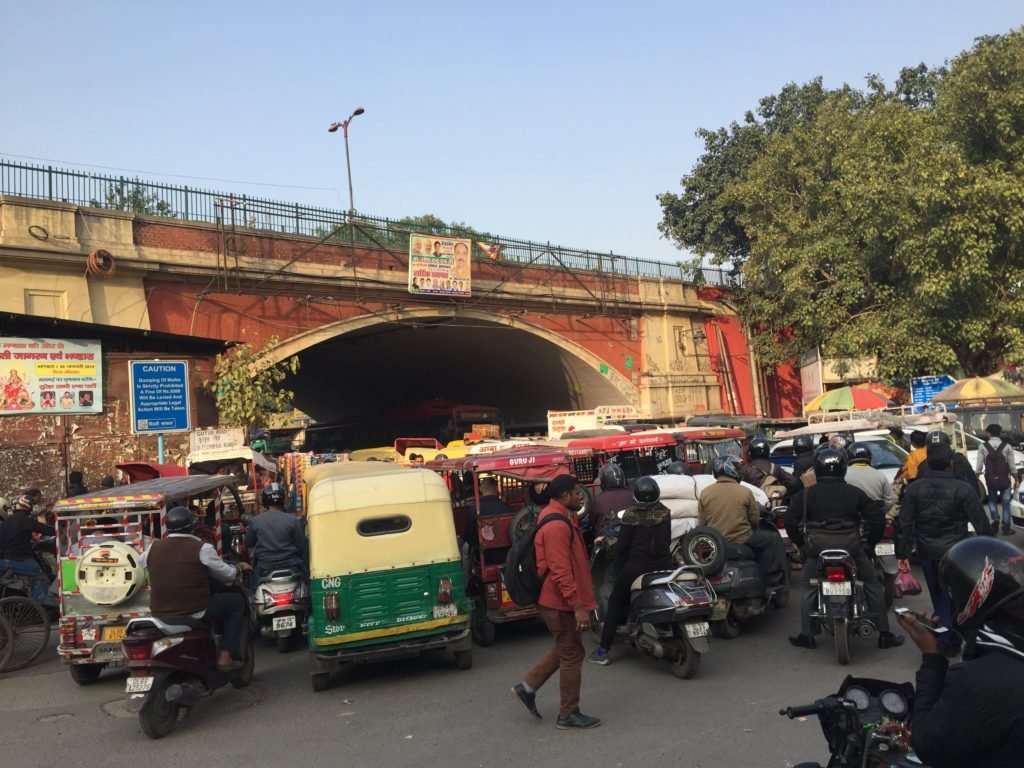
This was my sister’s first trip to the subcontinent infamous for inducing equal measures of love and hate in all those who visit it. I’d been here before. Three times before, most recently about a year ago, but somehow for me it never gets old. Love conquers all, I guess.
We needed train tickets. I’d tried to set up an online account with India Rail but failed, for various reasons (because…India). So we went to the station to get tickets in person.
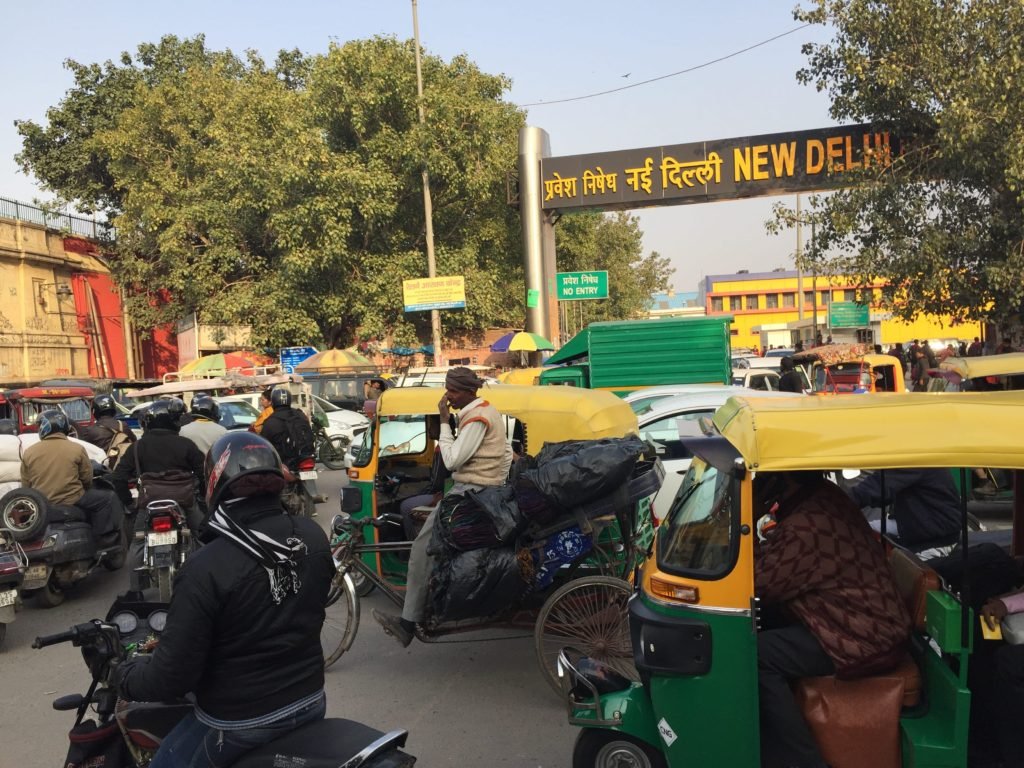
The Foreign Ticketing Office at New Delhi Station is wildly understaffed in comparison to the number of foreigners waiting around on cracked plastic sofas. In a country that sees about ten million visitors a year, getting train tickets during your visit is still an unnecessarily complicated procedure. With around seven different classes to travel in and countless trains per day you’re spoiled for choice. Except you’re not, because more than a billion people live here and they all seem to like riding the rails. Trains often book up months in advance and getting a ticket at all can be a bit of a gamble.
We took a number and started filling out a faintly photocopied form. Providing our names, birthdates, passports, and a ream of other information you wouldn’t think necessary to ride a train, we then approached a man behind a desk in the corner. He’s a sort of gatekeeper to the mysteries of India Rail. The gatekeeper always expects you to know the all the train numbers offhand, but he will grudgingly fill them in for you since he knows them perfectly well himself.
Finally the one and only ticketing agent in the office called our number. She looked over our form, frowned, and warned us that the train we planned to take to Varanasi had what she called ‘a bad image’. I couldn’t decide what the agent meant by this. Thieves and gropers roaming the carriages? Rampant food-poisoning at the hands of the catering-car staff? Regular derailment (it’s not unheard of here)? No, she explained, the train was often late. Considering trains in India are often late by hours – days even – we weren’t that concerned. It depends on how you look at it: I was just glad to have tickets at all.
That sorted, we headed to the old part of the city. Most of what’s left of Old Delhi today was once called Shahjahanabad, a city creatively named for the Emperor Shah Jahan who established it in 1627 when he took the throne of the Mughal Empire.
Our little yellow and green auto rickshaw careened through the city streets and dropped us at one of Shah Jahan’s major projects, the Red Fort. During construction of this massive fortress the Emperor ordered the bodies of decapitated prisoners built into the foundations for luck.
But despite all those headless prisoners, Goof and I weren’t so lucky. The driver had neglected to tell us the Fort was closed until he put us out in the street in front of it. India’s National Day was two days away and along with being a reason foreigners were warned to stay away from crowded public areas (which is every public area in Delhi), the National Day was also evidently a reason for shutting major historical monuments.
So, we didn’t get to go inside the Fort. I’d been in it before, years ago, but unfortunately my memory of the monument itself is pretty much eclipsed by an unlucky groping incident in the grounds. I assume Shah Jahan himself got inside, but he never did get to live in it like he planned. Instead he ended up imprisoned in another of his forts (more on that later).
Tons of cycle rickshaw drivers hang out near the Red Fort offering tours of the area, complete with canned jokes: ‘Climb into my helicopter’ said the driver we’d been pointed to by the tout overseeing the lot.
As the driver pedaled us around Goof and I sat on the back of the rickshaw looking at some of the less-official sights of Old Delhi. The maze of skinny lanes is hopelessly jammed with traffic and people but that doesn’t stop anyone carrying on with their day-to-day life in the bazaar. Where can you buy 1000 invitations to your daughter’s wedding, pause to burn a little incense at the shrine of your favourite monkey god, stop off for a quick shave curbside, and narrowly escape electrocution, all your way home from work? In India, that’s where.
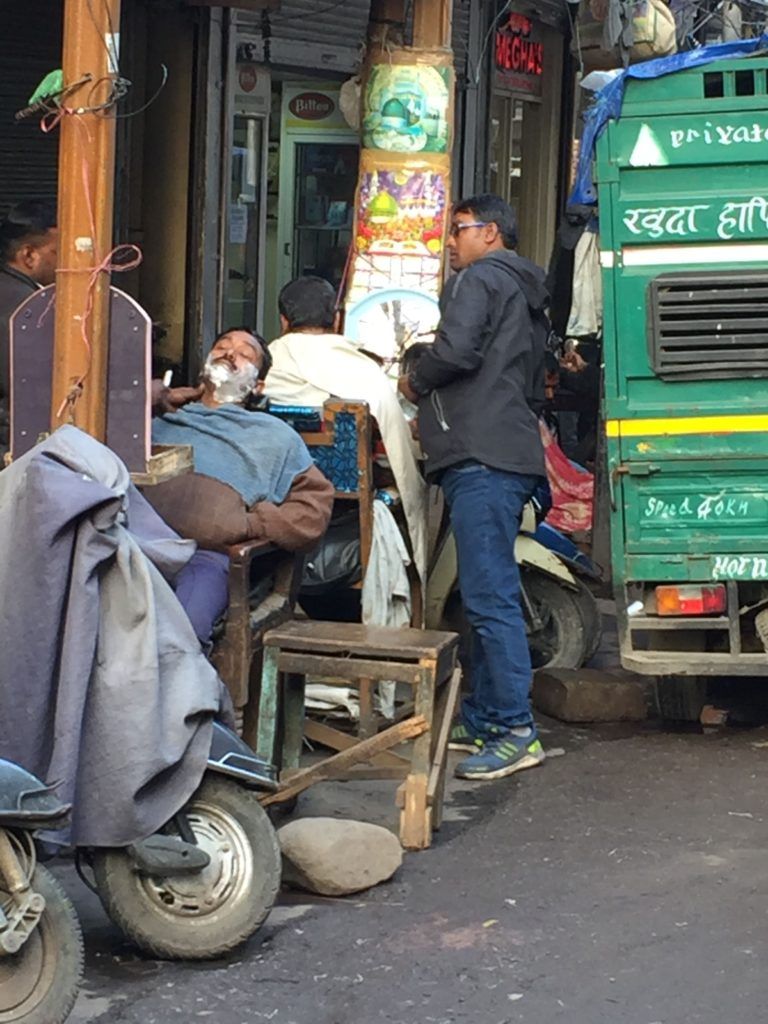
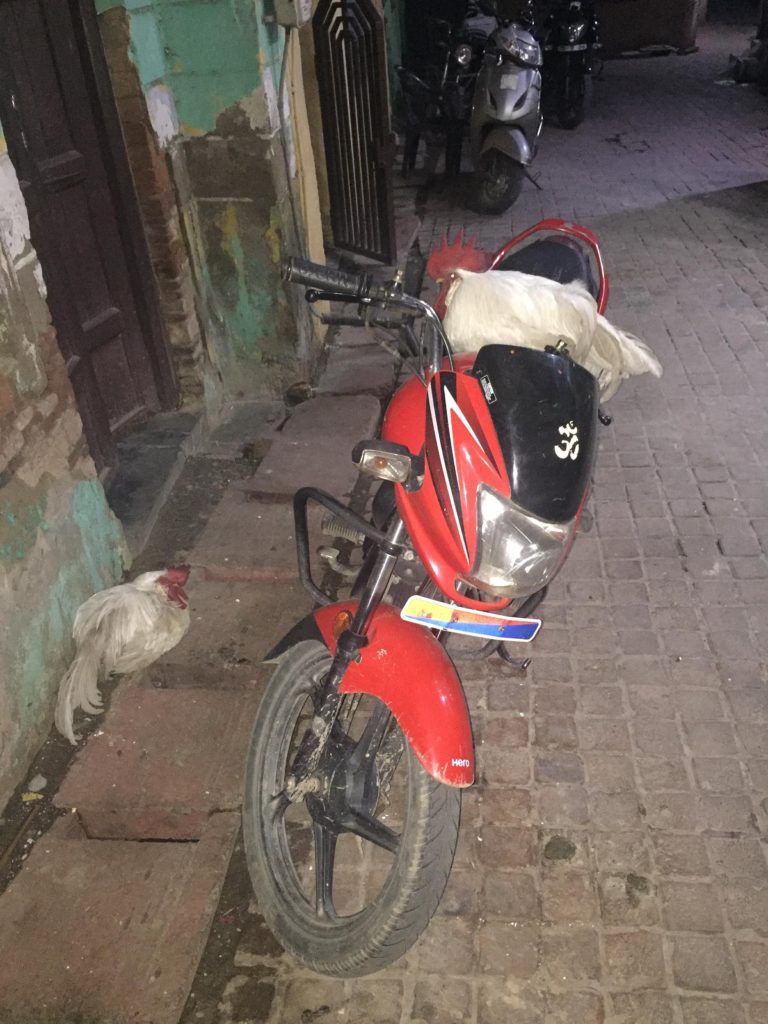
Back on the more official sights, Goof and I climbed down from the rickshaw at Shah Jahan’s final creation, the Jama Masjid – Friday Mosque.
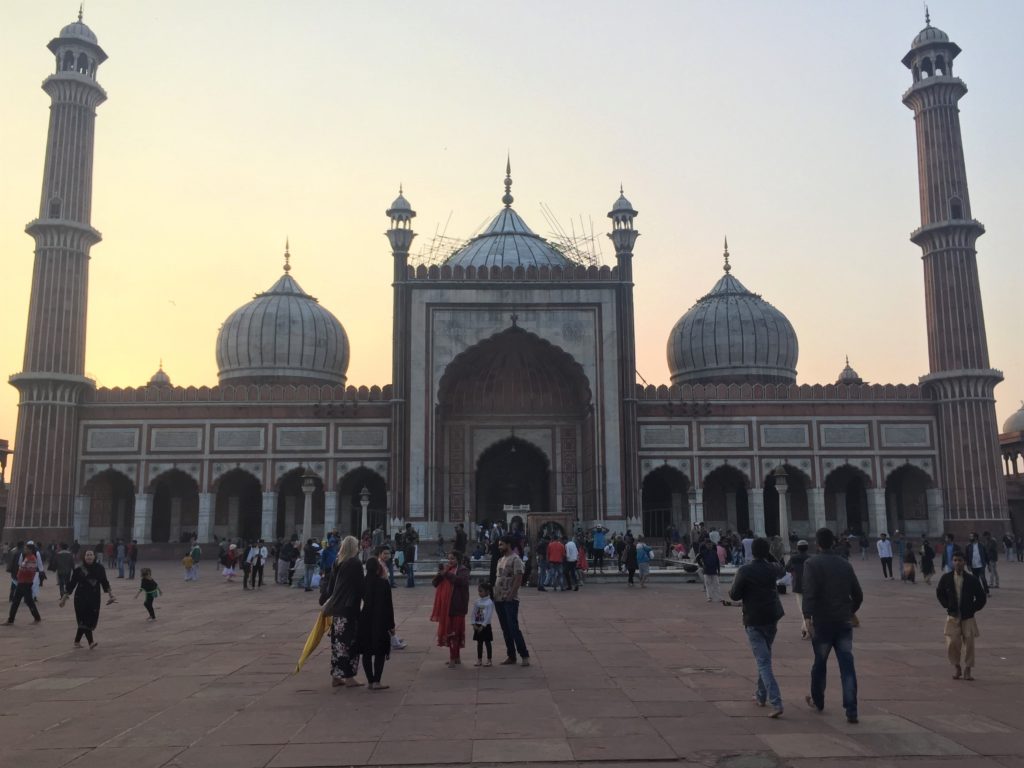
Maybe the Red Fort and Jama Masjid, or the cleverly named Mughal city aren’t ringing any bells for you (fine, Shah Jahan isn’t exactly a household name). But everybody knows about the Emperor’s crowning achievement, even if they don’t know it’s his: the Taj Mahal. Like most first-time visitors to India, it was high on Goof’s list. So early the next morning we boarded the first of our trains and as it sped towards Agra we watched the sun rise.
We checked into a room in Agra for the day – the train with the bad image awaited us at night. The hotel had a bad image in Goof’s eyes: the paint job left something to be desired and the shower was lukewarm at best.
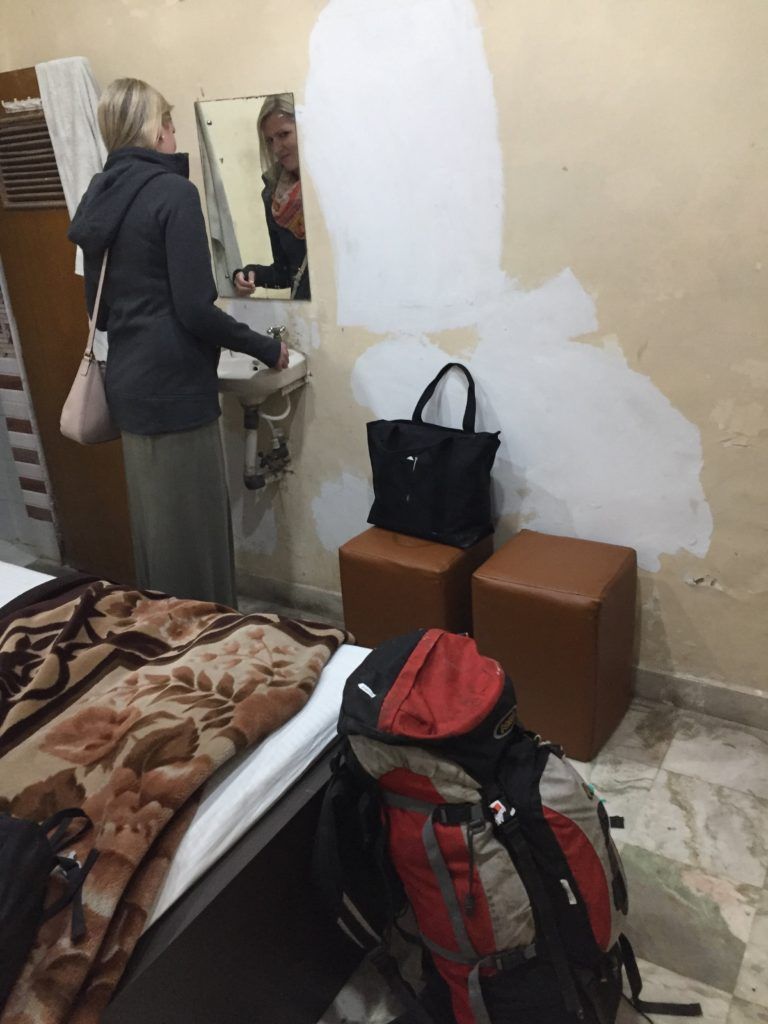
But it depends on how you look at it: after all, we were paying around eight bucks.
The hotel’s saving grace is the rooftop restaurant. Like all the other backpackery-type places in the area it serves good food – with a fantastic view.
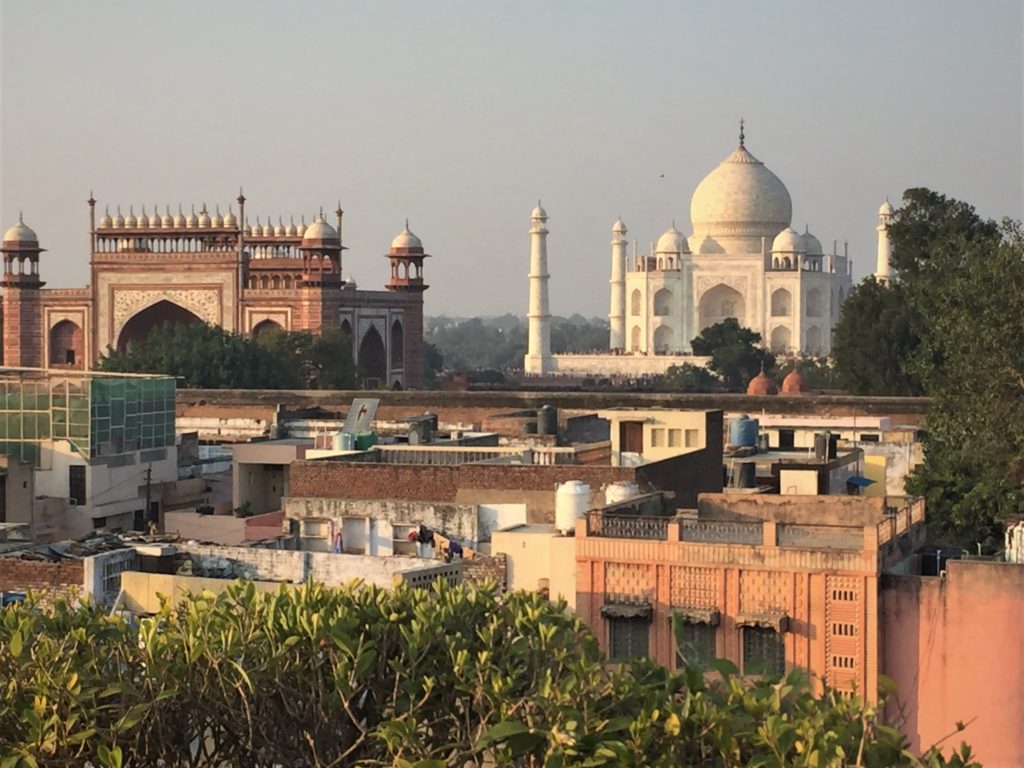
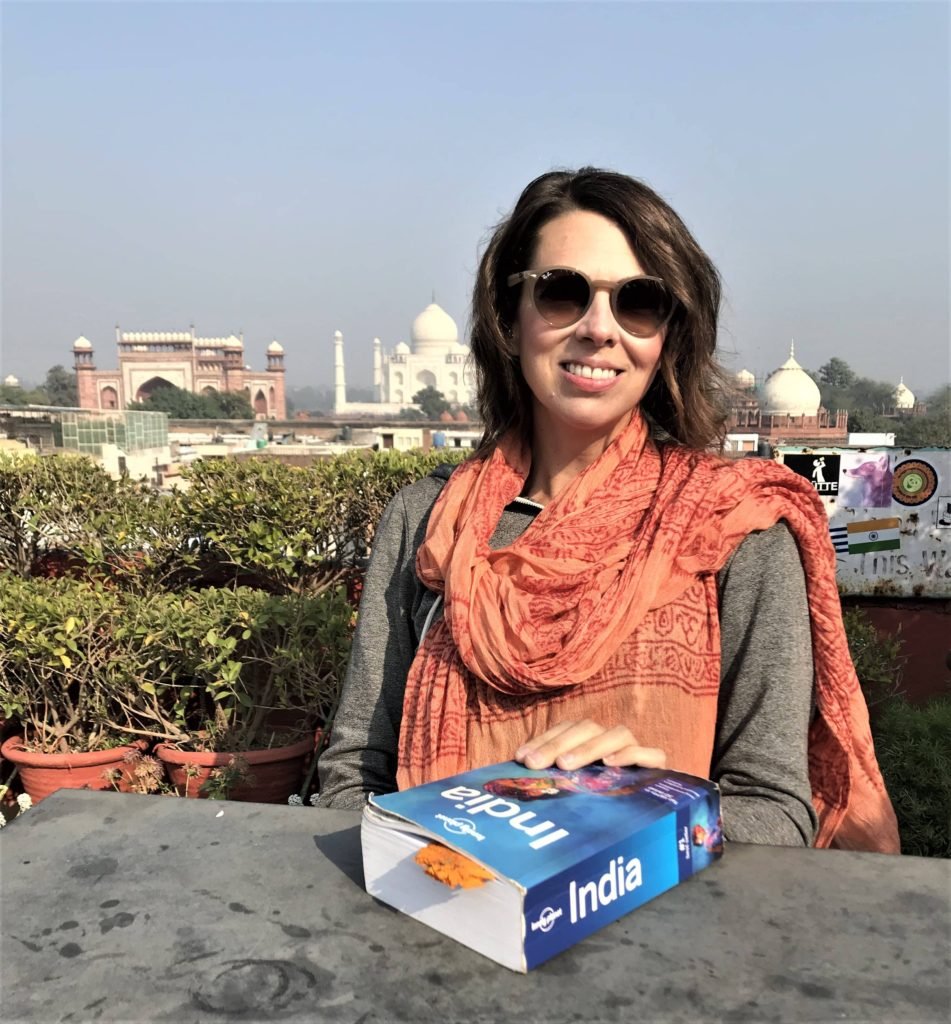
As we ate breakfast a monkey jumped onto our table and stole Goof’s aloo paratha. That could have gone either way: for Goof, the entertainment value it provided was the hotel’s other saving grace. Having run off all of two feet with Goof’s meal the monkey sat behind a potted plant and calmly ate it in front of us.
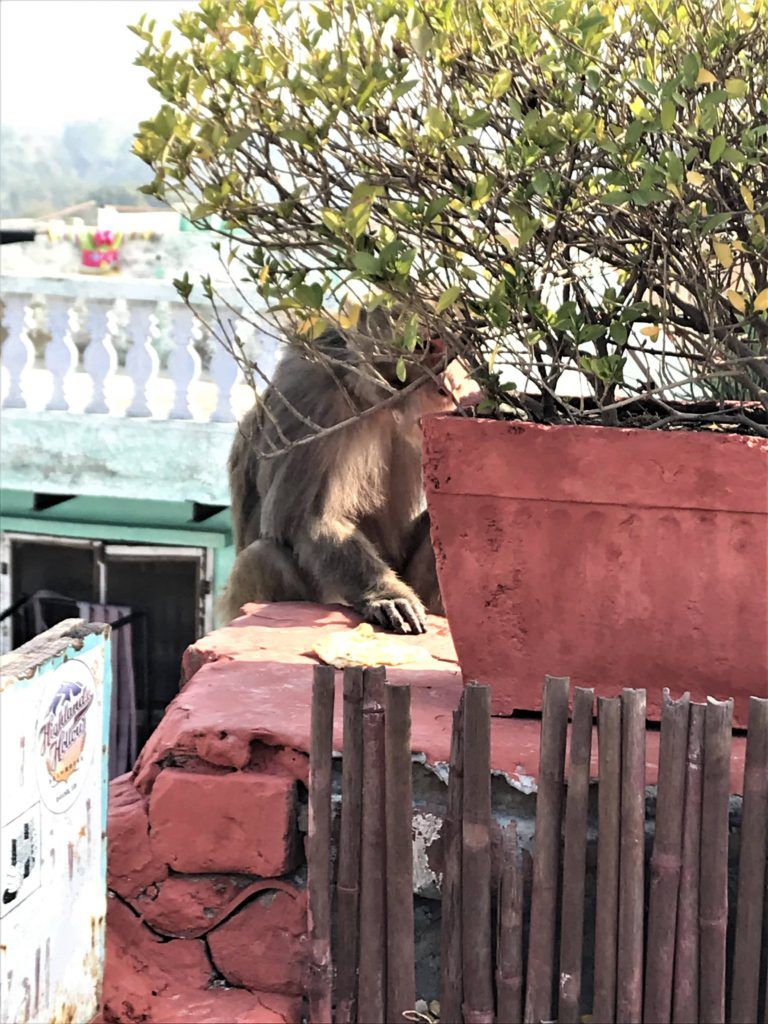
After admiring the Taj from a distance at breakfast, we walked over to check it out up close.
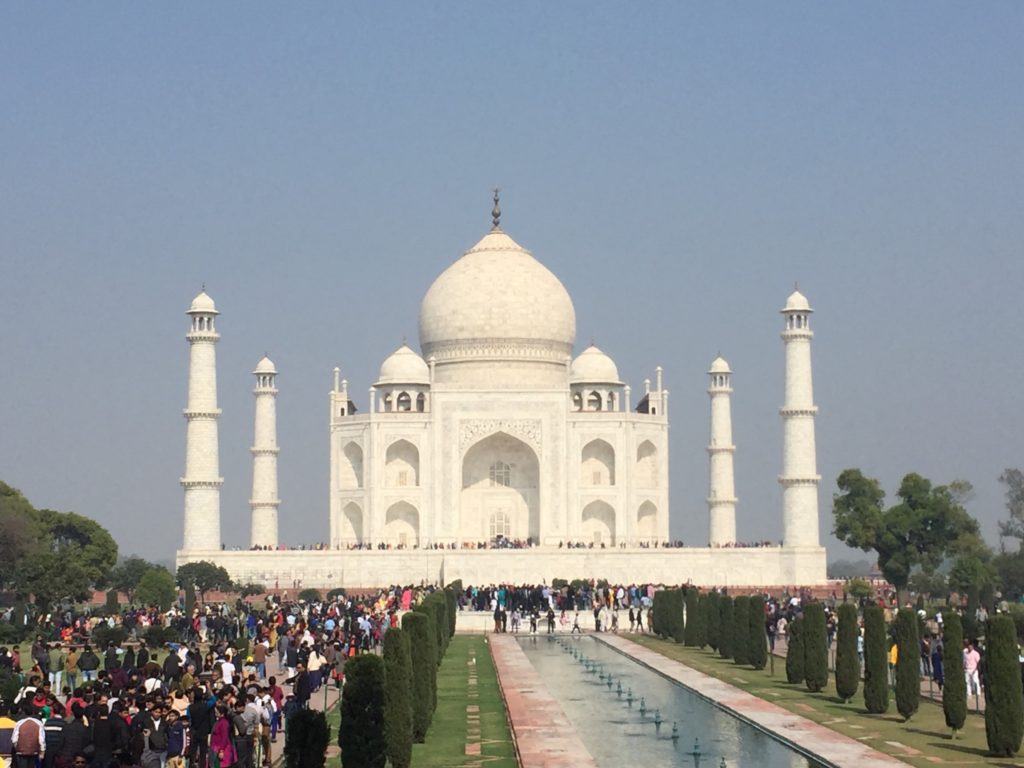
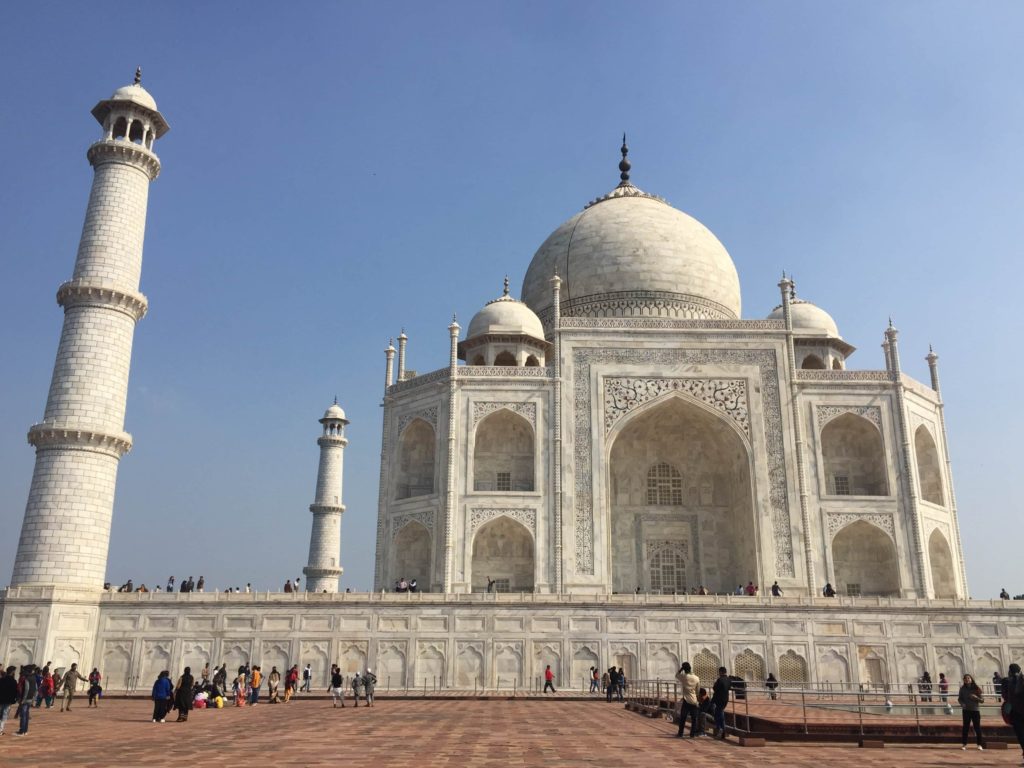
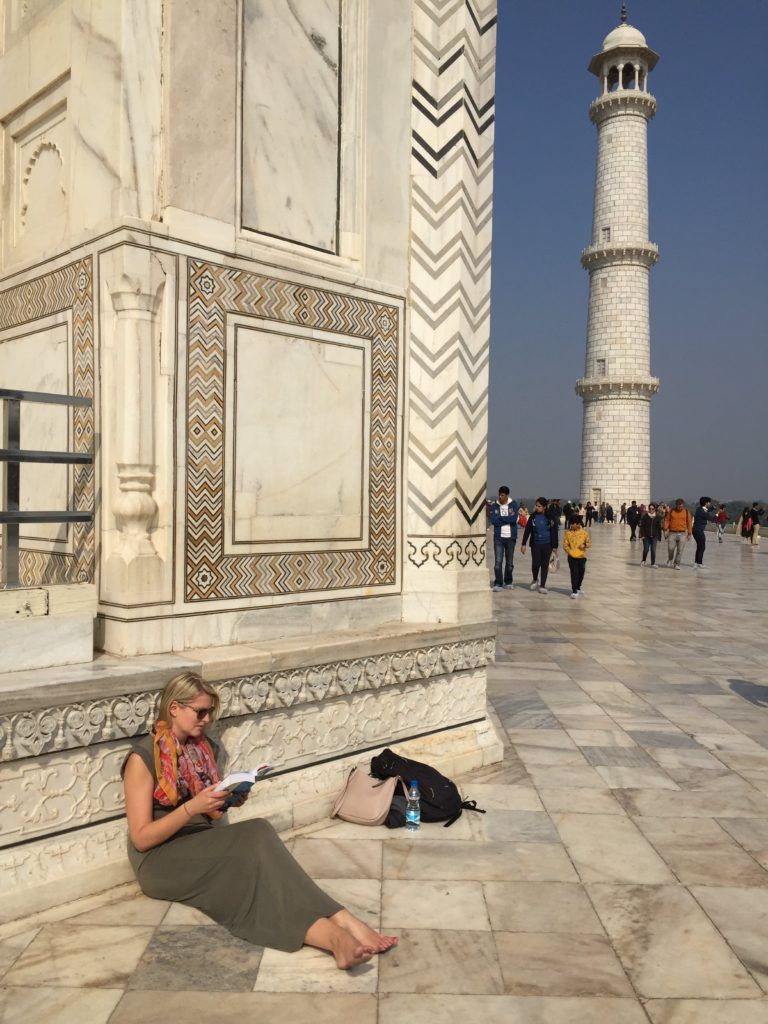
The Taj is a tomb. It’s a mausoleum housing the remains of Shah Jahan and his beloved favourite wife Mumtaz. He ordered it built in 1632, a year after Mumtaz died in childbirth (kid number 14, in case you’re wondering). The Emperor said his famous white marble creation made ‘the sun and the moon shed tears from their eyes’. Gazing tearfully at the Taj Mahal from afar is something Shah Jahan knew all about: his son Aurangzeb usurped power a few years after the monument’s completion, and imprisoned him just up the river in Agra Fort.
And so the Emperor spent the rest of his life, albeit unintentionally, in yet another of his historical creations. Goof and I stopped for a coffee, and then took an auto rickshaw over to the Fort.
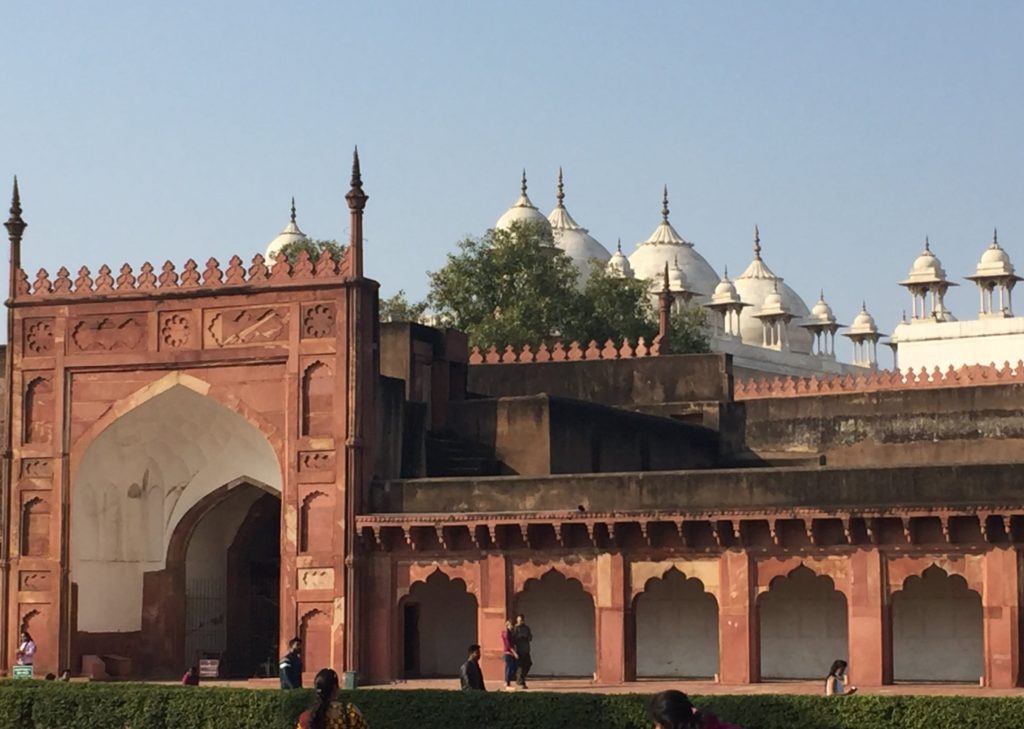
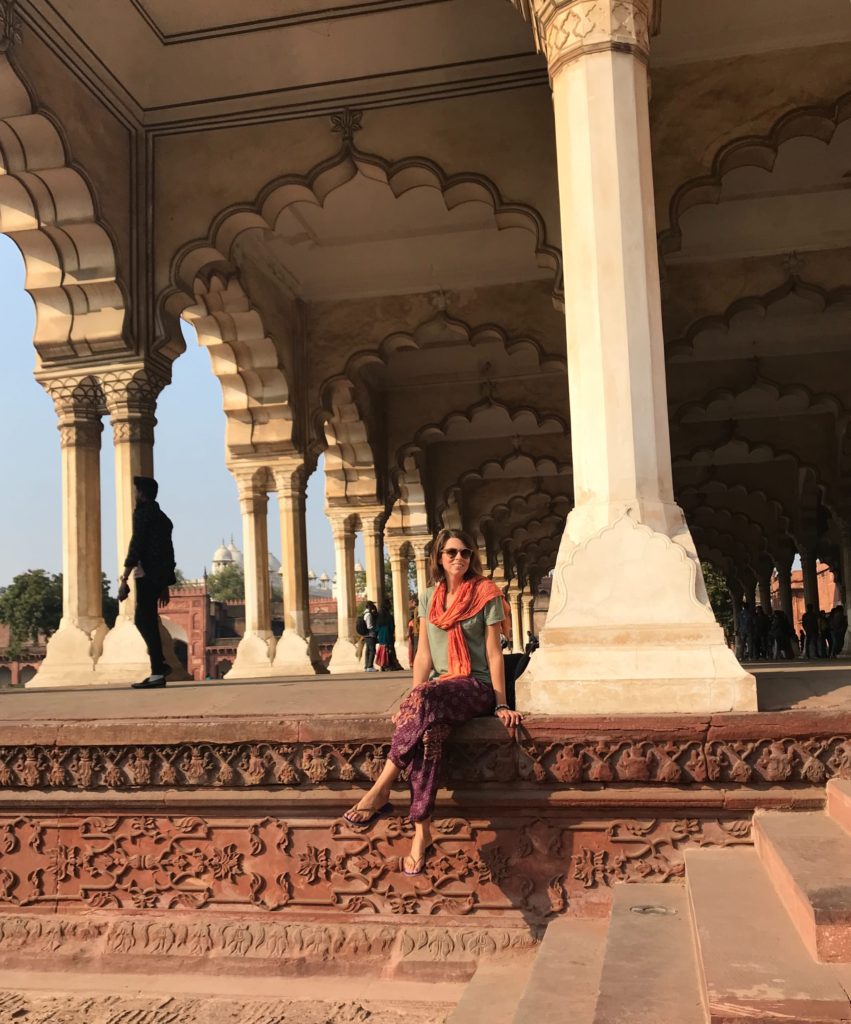
Although it was his Grandfather who started work on Agra Fort, Shah Jahan had a few additions built on in white marble and turned it into a palace – or a pretty fancy jail.
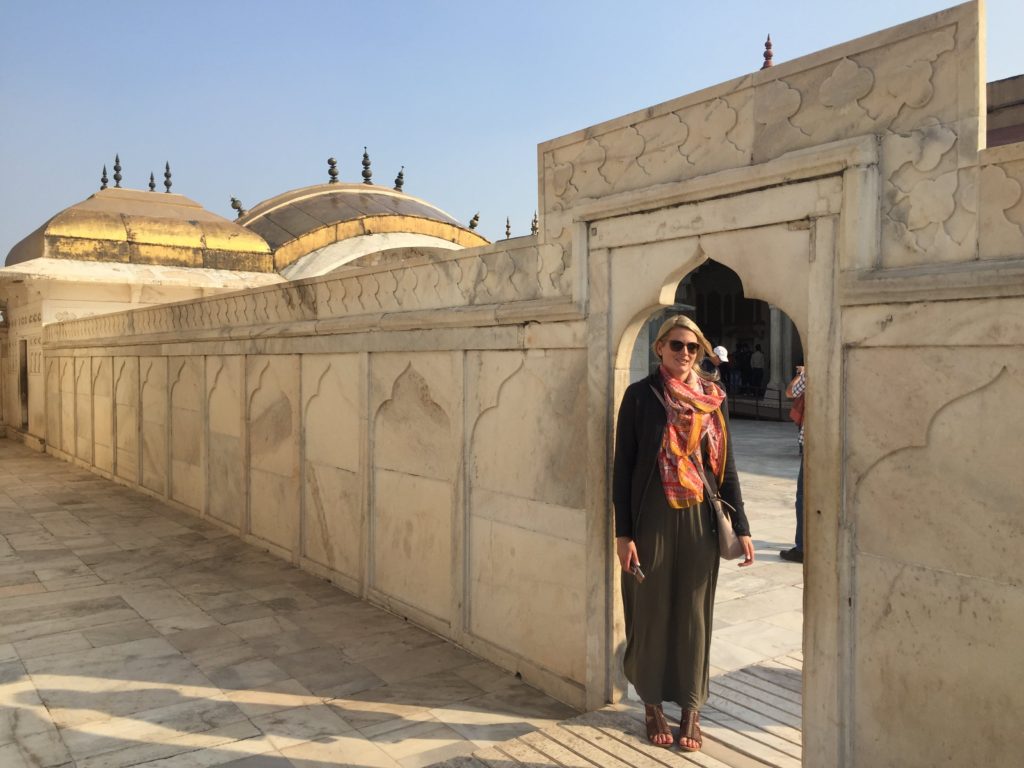
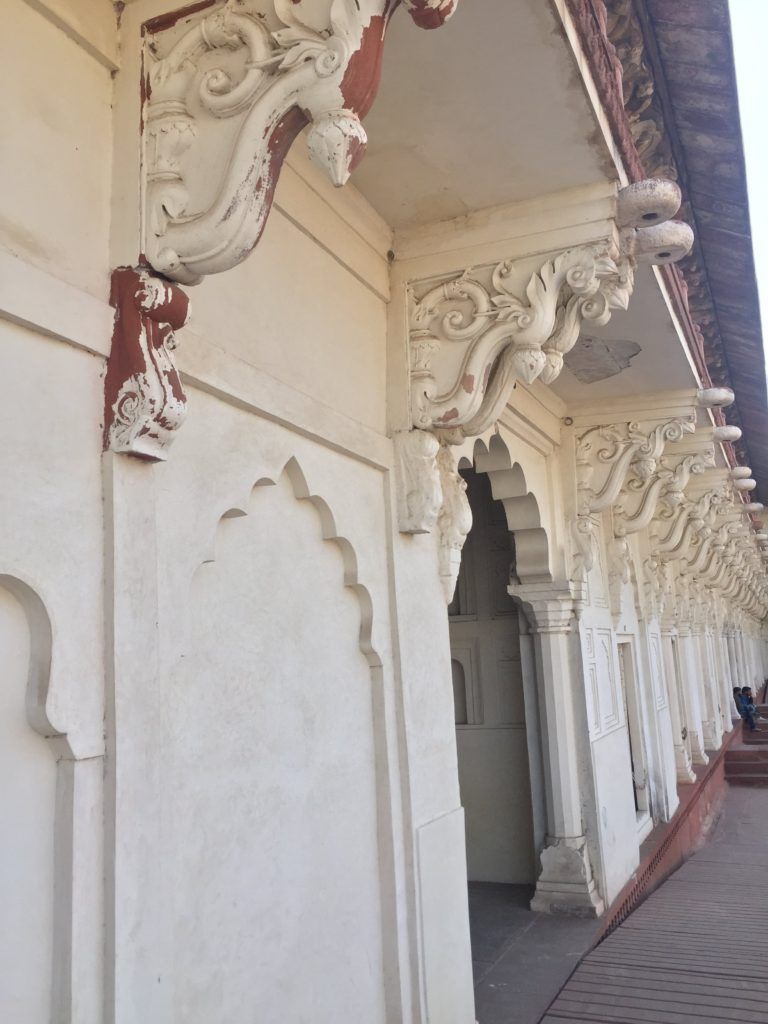
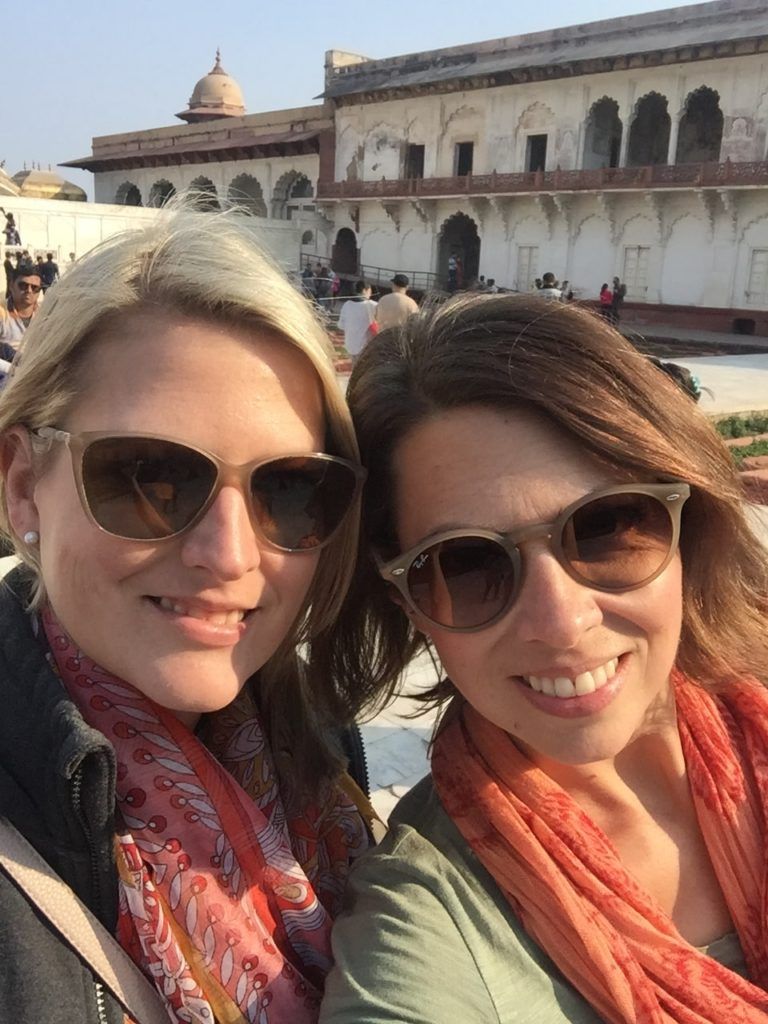
Back at our hotel Goof and I ate dinner on the roof as the sun set, once again admiring the Mughal Emperor’s final resting place.
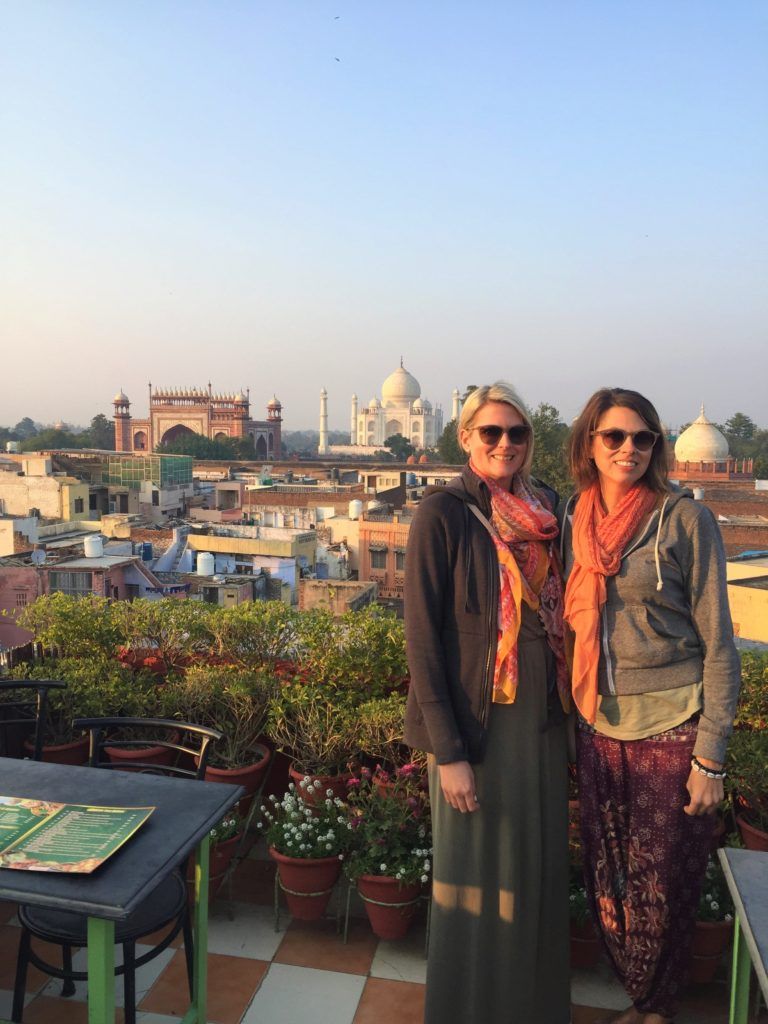
We gulped down some hot tea and rounded up our gear. We had a train with a ‘bad image’ to catch. Depending on how you look at it.
Read More
For more of my adventures (and misadventures) in India, check out the rest of my stories from the road.




This Post Has 2 Comments
Awesome storytelling! The rooftop view looks amazing. We’ll be in Agra in 2 weeks, which hotel was it?
Thanks! There are so many stories to tell in India:) It was the Saniya. It’s basic but perfectly fine and the view is really amazing. Handy location as well. Hope you are enjoying India so far!!